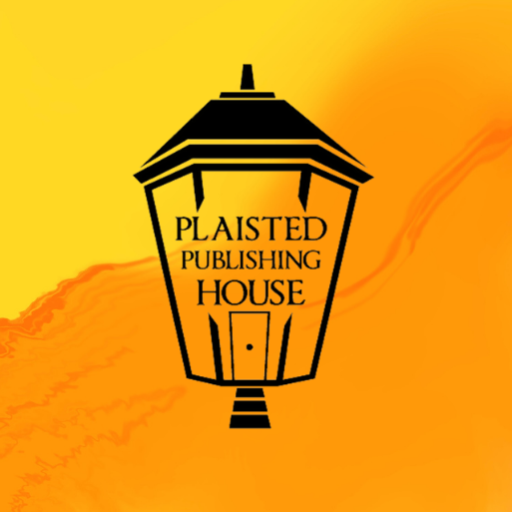Publishing Confusion – Part Four – Social Media
Social Media. Most of you know how to use the basics…or do you? I thought I was good with Facebook, when one day a course in our local region we found a tutorial on how to use Facebook for business. It blew what we thought we knew right open. OUCH. Luckily there was no re-learning,…
Read more




Recent Comments